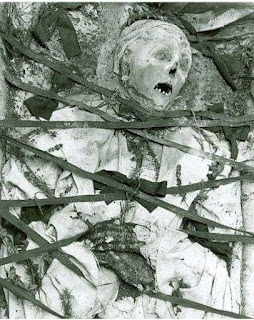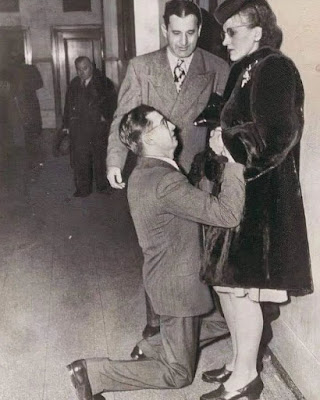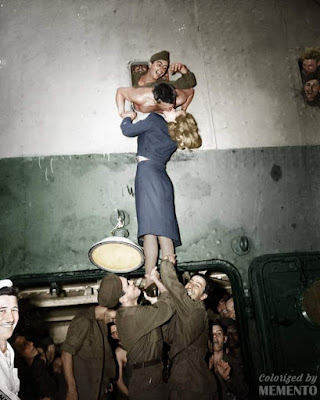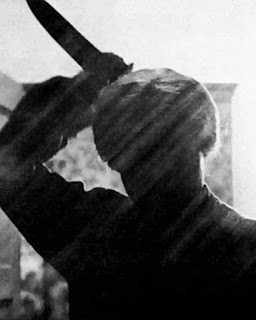The Berber Queen who defied the Caliphate: Al-Kahina and the Islamic Conquest of North Africa
The Berber Queen who defied the Caliphate: Al-Kahina and the Islamic Conquest of North Africa
Seventh-century North Africa would see the rise of a warrior queen named al-Kahina. Who was she and how was she able to wage a war against the Umayyad Caliphate?
After their unification under the banner of Islam and the rule of the caliphs in Medina, the Arabs embarked on a series of spectacular conquests during the 7th and 8th centuries. By the mid-8th century, they created an empire that encompassed the territories between the Iberian Peninsula in the west to Norther India and Central Asia in the East
Morocco's 🇲🇦 Indigenous Berber women play a prominent role in their culture.
For example, the story of Kahina, the pre-Islamic female warrior, is still very much alive in Berber culture and nowadays is used by the youth as a symbol of Berber language and culture. Kahina is remembered for her acts of bravery and her clairvoyant ability to lead her people against the Arab invasions in the 7th century CE. She surmounted the masculine monopoly of military enterprise to become a legend and the only uncrowned ‘she king’ in Moroccan history. Kahina, whose name means ‘priestess’ or ‘prophetess’, was born in the Aures Mountains in Algeria in the 7th century; the exact date is unknown.
During her lifetime, Arab generals began to lead armies into North Africa, preparing to conquer the area and introduce Islam to the local peoples. Kahina directed a determined resistance to the invasions. Around 690, she assumed personal command of the African forces, and under her aggressive leadership, the Arabs were forced to retreat.











Comments
Post a Comment